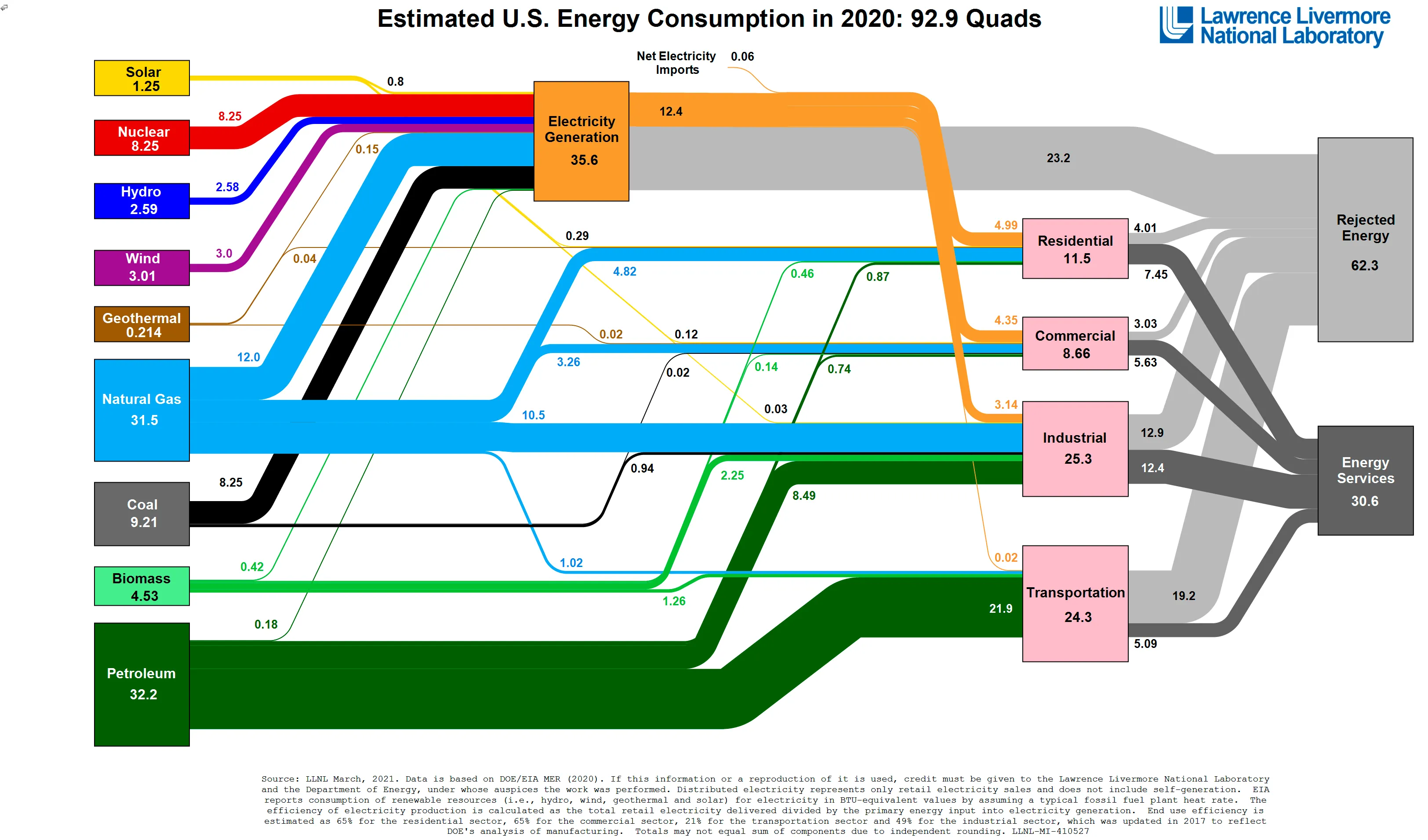(2021-04-15) Vaclav Smil Has Bill Gates Ear Which Is Part Of The Problem With Gates Climate Actions
Vaclav Smil has Bill Gates’ ear, which is part of the problem with Gates’ climate change actions. Smil is one of Gates’ favorite analysts, but unfortunately Smil gets a few things wrong about energy.
Bill Gates receives nothing but praise from me for the work that the Bill and Melinda Gates Foundation does on global disease prevention and eradication
I’ve been publishing perplexed stories about Bill Gates’ engagement in this space for years, and I’ve been deeply perplexed as to why he gets disease so right and climate action so wrong. I’ve published on his investments in the air-carbon-capture-to-fuel boondoggle Carbon Engineering and the useless industrial component Heliogen. I’ve published on his lobbying of Congress to extend federal subsidies for nuclear to small nuclear reactors based his long investment in Terrapower. I’ve published on his funding of research into solar geoengineering. My assessments are almost entirely negative. With the exception of his investment in a redox flow battery company, my take is that he’s squandered his billions to little effect. He could do an awful lot better.
Well, a lot of the roads lead to Winnipeg, Manitoba. Yes, Gates’ climate solutions investments are shaped by an academic from that small city in Canada, Vaclav Smil.
I’m not casting aside all — or even much — of Smil’s work and analysis, just a subset of his perspective on energy, especially around renewable energy.
What are Smil’s assertions?
First, that energy transitions take a long time, 50–60 years. Second, that the dominant transition right now is to natural gas from coal. Third, that renewables represent a small portion of overall energy supply, so it’s going to take 50–60 years for them to become the dominant form of energy, especially as hydro-electric is a mostly tapped out resource with only remote, and hence much more expensive, sites left to develop.
The bloom is already off of natural gas growth
Its growth rate has already slowed while renewables have accelerated. 2019 saw massive bankruptcies sweeping the gas sector as fracking proved to be an expensive, debt-laden, revenue-light pipe dream.
the bloom was off those stocks already, starting in about 2015, about a decade after coal stocks started getting hit.
Globally, the transition to natural gas is stalling and being displaced by even cheaper renewables.
Capacity factors for gas plants are starting to drop already.
The problem of Rejected Energy
Smil is silent on the subject, which appears to be a glaring oversight.

See that huge gray box on the upper right, the biggest box on this chart? That’s all the primary energy that gets thrown away due to losses in conversion to useful forms of energy, in distribution or in use. The vast majority of that is waste heat from burning fossil fuels.
Why is this important? Well, it’s important because we don’t have to replace all of the primary energy we use today, we have to replace the energy used productively in energy services as efficiently as possible.
Smil seems to ignore the electrification of everything which is running in lockstep with the growth of renewables
Electricity is vastly more efficient to distribute and is vastly more efficient to transform into useful electricity services.
Smil doesn’t seem to understand renewable economies of scale, or to weight it heavily. This is understandable, as few people have direct experience of horizontal scaling — building more smaller things in parallel — and most energy analysts who were experienced dominantly with vertical scaling — making individual generation units bigger — got it wrong too
massive economies of scale in manufacturing, massive economies of scale in distribution, and massive economies of scale in construction. The vast majority of innovation that’s caused plummeting costs of wind and solar are due to economies of scale, not technical innovation, although that’s been beneficial as well.
While I agree with Smil that it will take “a long time,” my assertion is that by 2050, we’ll be 90% of the way to 100% renewables
In other words, Smil is off by a factor of two or more in his timeline projections. I don’t agree with Mark Z. Jacobson about everything either, and have discussed this with him in emails and podcasts, but he’s far more right than Smil is.
Edited: | Tweet this! | Search Twitter for discussion

 Made with flux.garden
Made with flux.garden